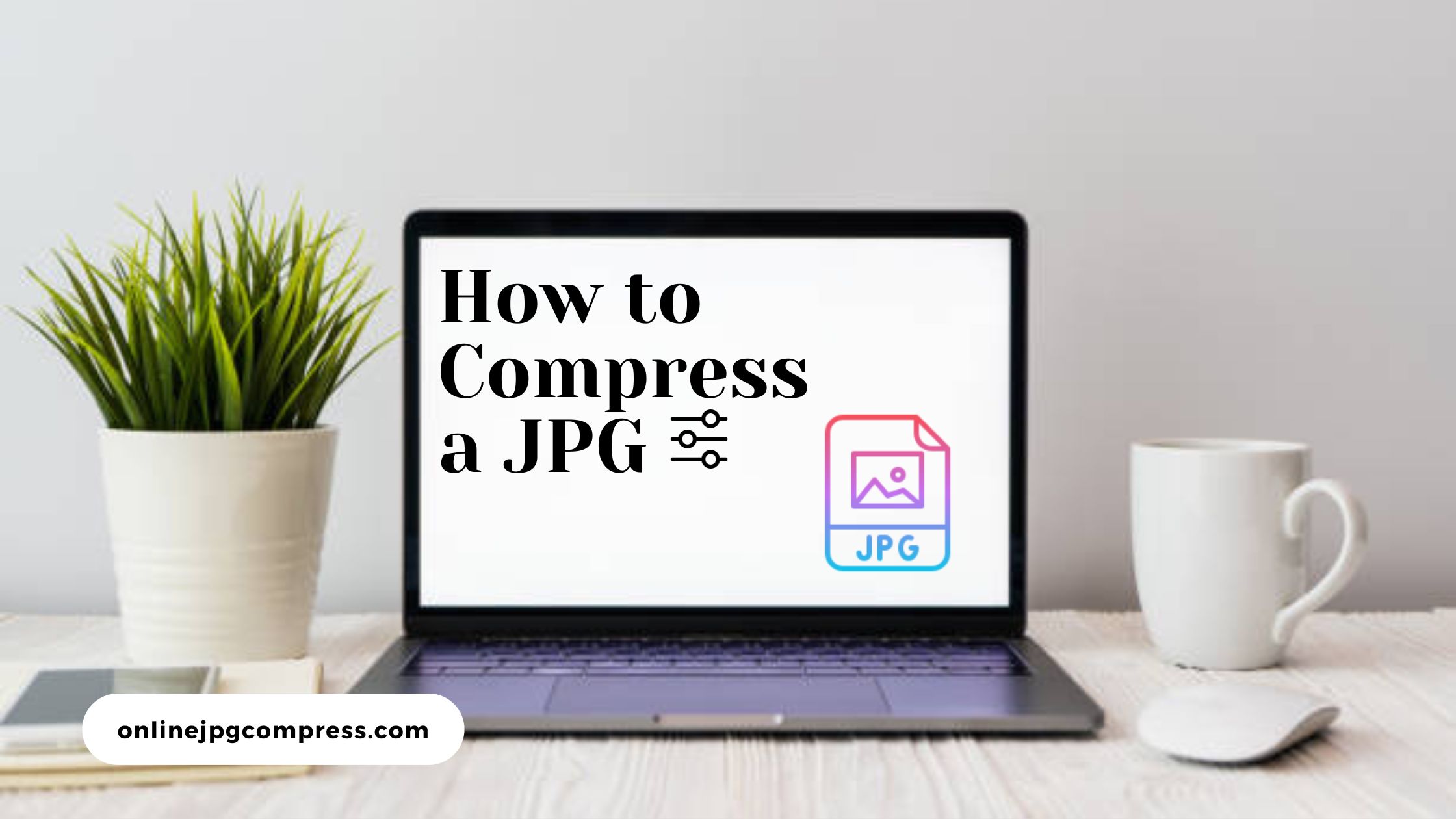Introduction
In the digital era, where visuals play a pivotal role in online communication, the need for high-quality images is undeniable. However, large image files can slow down website loading times, affecting user experience and search engine rankings. This is where the importance of compress a JPG files comes into play.
In this comprehensive guide, we will delve into the intricacies of compressing JPG files, providing you with tips and tricks to optimize image size without compromising quality.
Read this – Effortless Efficiency: Mastering Compress File JPG

Why Compress JPG Files?
Before we dive into the methods of compressing JPG files, it’s essential to understand the importance of this practice. Compressing JPG files offers several benefits, including:
Faster Loading Times: Large image files can significantly slow down website loading times.
By compressing JPG files, you reduce their size, leading to faster page loading and improved user experience.
Bandwidth Savings: Compressed images consume less bandwidth, making it a cost-effective solution, especially for websites with high traffic volumes.
This is crucial for businesses aiming to minimize hosting costs.
Improved SEO Performance: Search engines consider page loading speed as a ranking factor.
Faster-loading pages are more likely to rank higher in search engine results, positively impacting your website’s SEO.
Now that we understand the importance of compressing JPG files, let’s explore various methods to achieve optimal image size.

Methods to Compress JPG Files
Online JPG Compressors: Online tools provide a quick and convenient way to compress JPG files without the need for software installation.
Popular platforms like TinyPNG, JPEG-Optimizer, and Compressor.io allow you to upload and compress images effortlessly.
Ensure to choose a reputable online compressor to maintain image quality.
Desktop Compression Software: For more control over the compression process, consider using desktop compression software.
Programs like Adobe Photoshop, GIMP, and FileOptimizer offer advanced settings, enabling you to balance compression and image quality according to your preferences.
Lossy vs. Lossless Compression: Understanding the difference between lossy and lossless compression is crucial.
Lossy compression sacrifices a small amount of image quality to achieve higher compression ratios, making it suitable for web images.
Lossless compression retains the original image quality but may result in larger file sizes. Choose the compression type based on your specific needs.
Tips for Optimizing JPG Compression
Selecting the Right Compression Level: When using compression tools, choose an appropriate compression level.
A balance between file size reduction and image quality preservation is key. Experiment with different compression levels to find the optimal setting for your images.
Image Dimensions and Resolution: Resize images to the required dimensions before compression.
Avoid using oversized images and set resolutions suitable for web display. This not only reduces file size but also ensures images are displayed correctly on your website.
Utilize Image Formats Wisely: Consider using newer image formats like WebP, which provides superior compression without compromising quality.
While JPG remains a standard format, exploring alternative formats can be beneficial for specific use cases.
Batch Compression: When dealing with multiple images, opt for batch compression to save time.
This is particularly useful for website owners with extensive image galleries. Many compression tools offer batch processing features for efficient optimization.

Conclusion
Compressing JPG files is an integral part of optimizing your online presence.
Whether you’re a website owner, blogger, or e-commerce entrepreneur, understanding the various compression methods and implementing best practices can significantly impact your website’s performance and user satisfaction.
By prioritizing image optimization, you not only enhance your website’s loading speed but also contribute to a positive user experience and improved SEO rankings.
Experiment with different compression techniques, stay updated on emerging technologies, and keep your visual content in top-notch condition to stay ahead in the competitive online landscape.
Compressing JPG files is not just a technical task; it’s a strategic move towards a faster, more efficient, and user-friendly online presence.

2 thoughts on “Optimizing Web Performance: A Guide to Efficiently Compress a JPG Files”